Sign up for 'VFX Production Essentials' with Simon Frame
Join Simon on 29th November for a one-day online course that offers a comprehensive introduction to the often-misunderstood world of visual effects.


We recently caught up with PGGB Member Simon Frame, a VFX Producer with over 25 years of experience in the Film & TV industry. Simon began his career in the late 1980s, working on music videos before moving into television commercials throughout the 1990s. Over the years, he progressed from a Visual Effects Supervisor to a leading Producer, contributing his expertise to numerous high-profile film and television projects, including Avenue 5 and Britannia.
Most recently, he worked as a VFX Supervising Producer on Atomic, alongside fellow PGGB Member Jonathan Farmer, who served as the show’s 1st Assistant Director. The action-packed Sky Original series, produced by Pulse Films and Sky Studios, follows two civilians drawn into a cartel’s uranium-smuggling plot across North Africa and premiered on Sky Atlantic in August 2025.
Simon told us about his experiences working on the five-part series and his role in helping bring it from concept to screen.
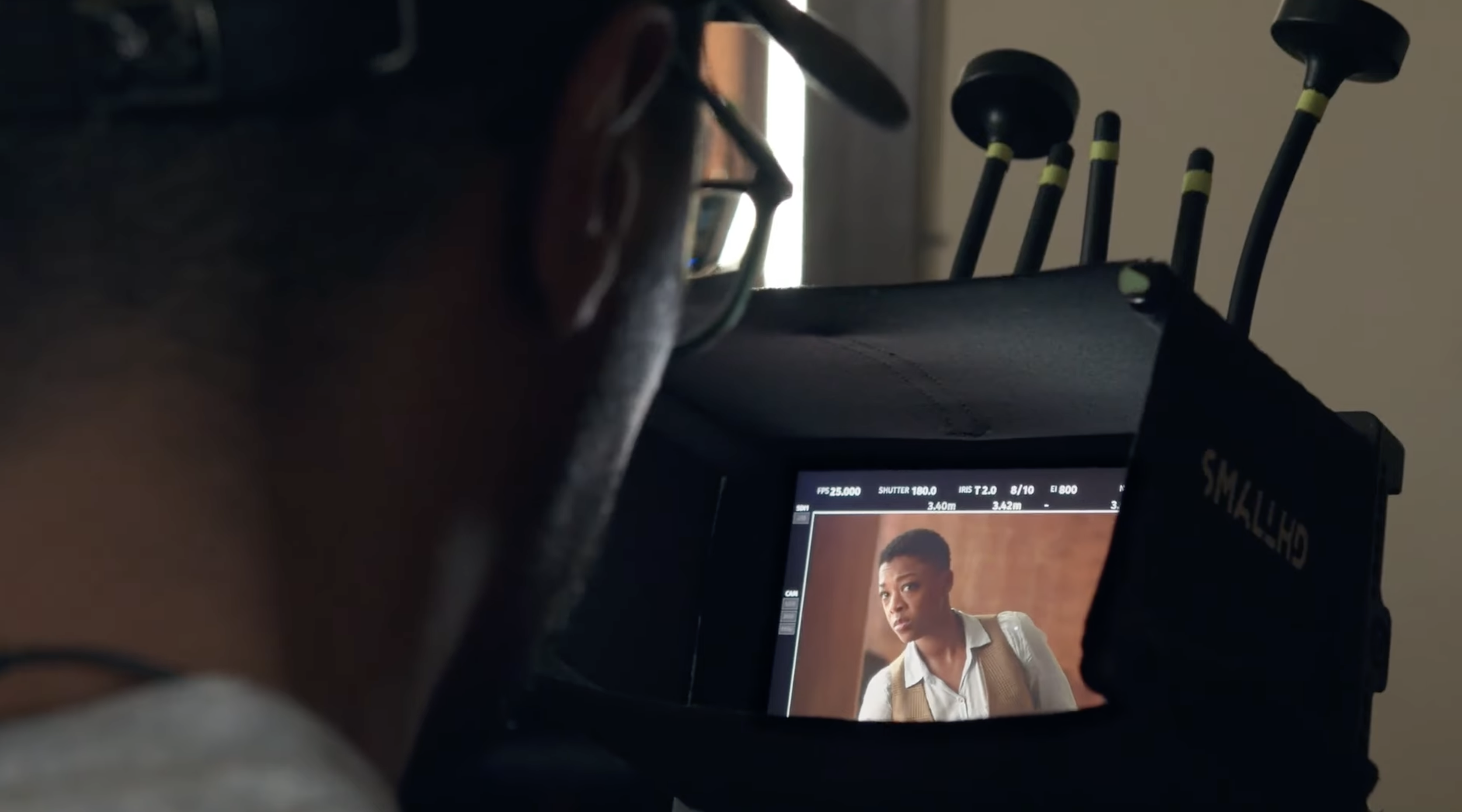
"I was asked to work on Atomic as VFX Supervising Producer, which meant I took over the role of both VFX Producer and overall VFX Supervisor. I actually had quite a bit of history with this material, which had been developed early on at Sky Studios, but found its way to Netflix in the development journey. When I was a VFX Manager at Netflix, Atomic (then titled Atomic Bazaar after the book on which it is based) was on my slate. In Atomic Bazaar, I happened to really like the mix of a Jihadi and drug trafficker and the moral tension in that relationship, all set against the backdrop of a North African human diaspora. When I left Netflix in April 2023, one of the first phone calls I received was from Exec Producer Judy Counihan, who had the project, now back at Sky, with Pulse Films, and I took less than a second to say yes!"
“It was a great, good-natured shoot with an excellent mix of South African production and technicians, local Moroccan crew and some UK HODs. Temperatures on the ground in the desert reached 48-52 degrees towards the end of June/early July, and we were all very glad to retreat to the relative cool and humidity of Casablanca to complete the shoot."
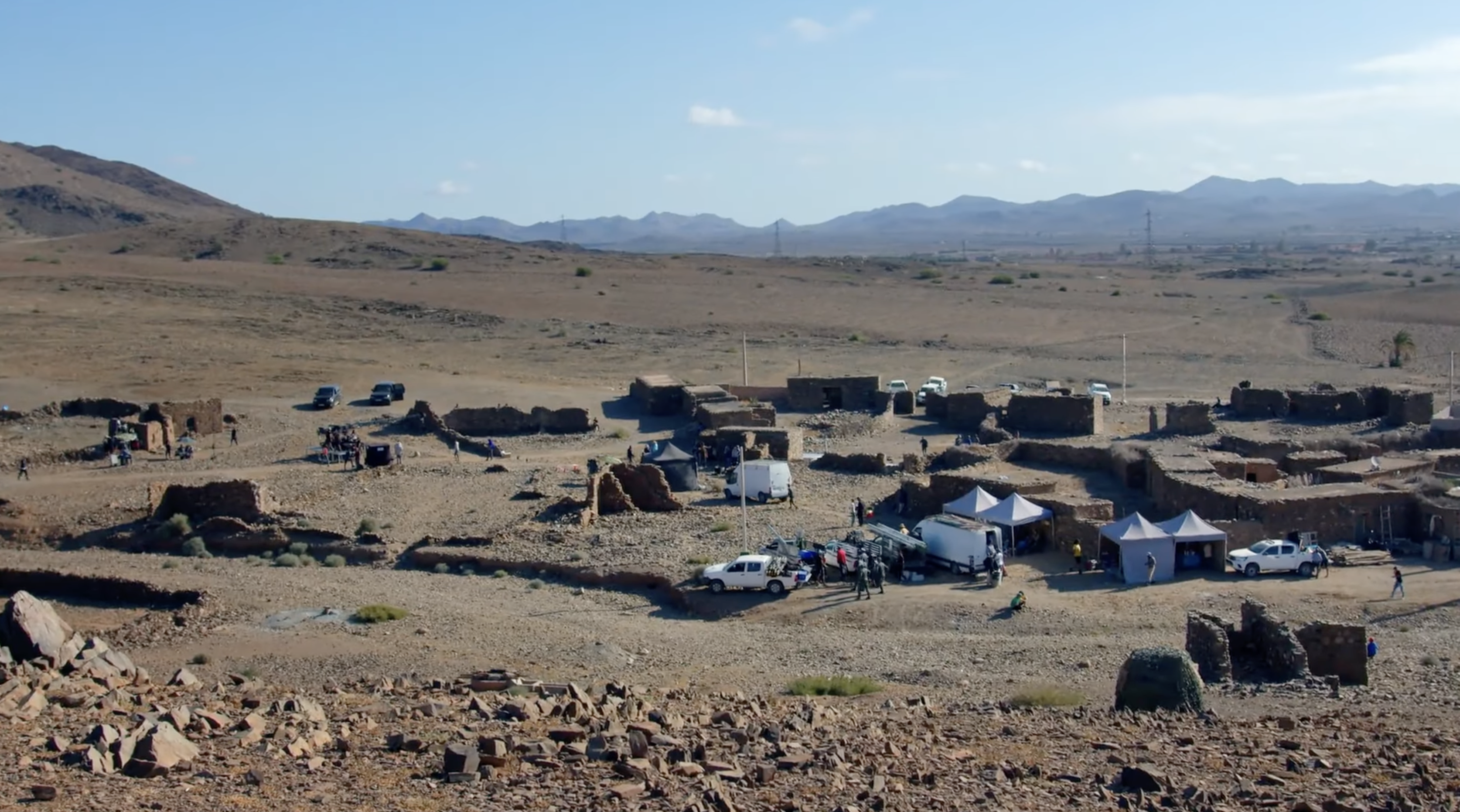
"The main challenge for the series was that it was essentially a road movie, with over 1.5 hours of dialogue over five episodes in a moving vehicle across a rough desert. On a tight TV shoot schedule, Producer Peter McAlease and I agreed that any kind of attempt at practical photography on a low-loader was going to prove ruinously expensive on shoot time and, given the terrain, highly cumbersome to execute. That's before you even factor in sync-sound. And the point to remember from the script pages is that whilst the journey is, in a mild sense, a chase movie, it's not an action movie. Both these characters have to develop their relationship through the journey, and this is largely whilst driving together."
"We discussed options of using a volume space in a studio, but due to the plan to shoot in Morocco, this proved technically challenging, as there was no local provision for this on the ground. We also considered plans to relocate the in-car dialogue scenes to Spain, where a volume studio could be found, but the financial uplift and tax loss implications ruled this out. In the end, we went with a traditional blue screen studio set up in Casablanca at the end of the entire shoot. This meant that we had to shoot all our backplates before the main blue screen drama set-ups, and thus we spent 20 days with a dedicated 2nd unit camera array shooting all the agreed locations for backgrounds. We digitally stitched these together, and so when we came to the studio blue screen shoot, we could show the actors the very landscape through which they would be driving - using a heads-up display for lead character and main driver Max to respond to at the wheel. It also informed all the ambient and directional lighting for 2nd Unit Director Mani to use in the studio. The end result was a seamless composite of FG blue screen photography with background plates."
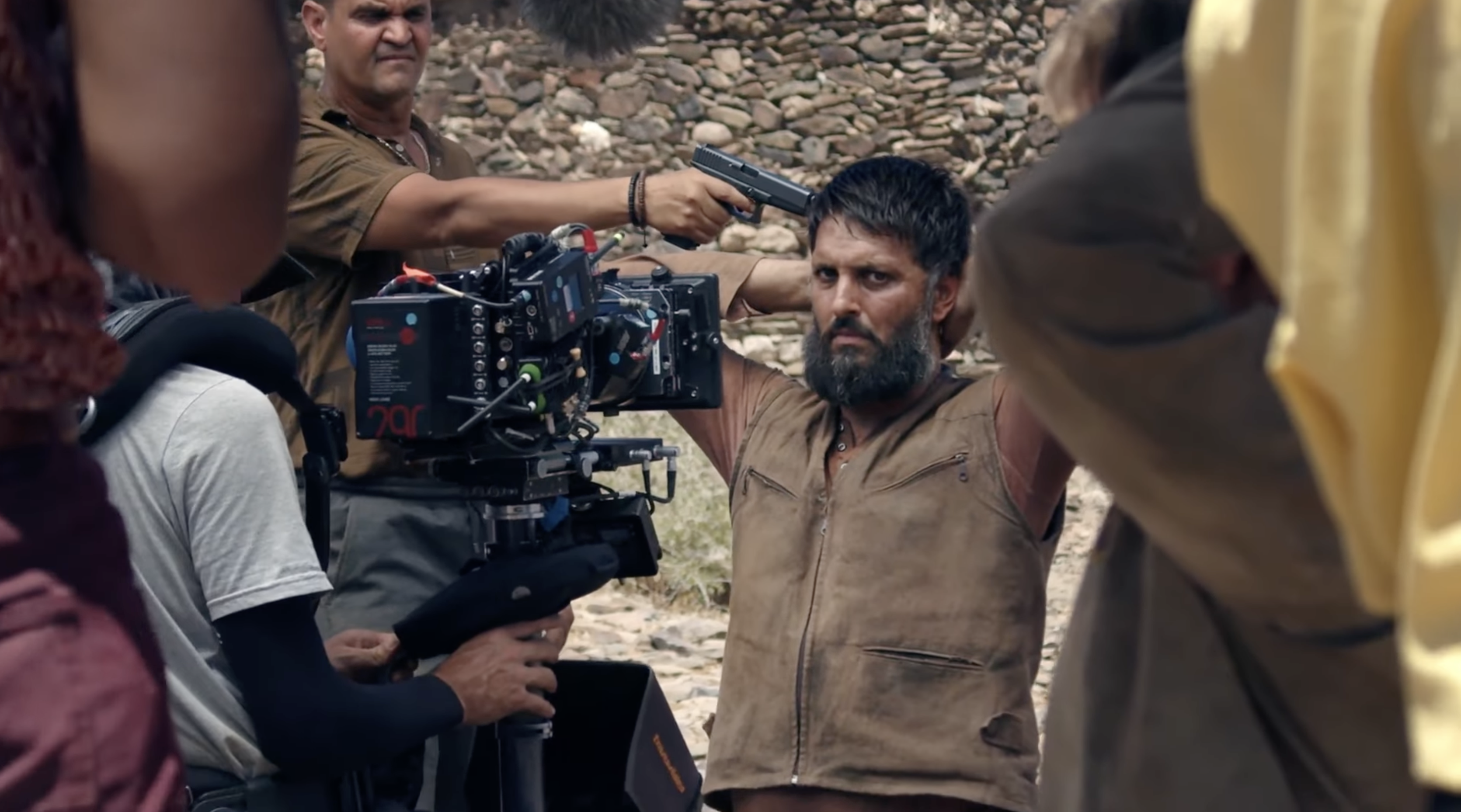
"No, but my team did a bit of experimentation in concepting wide matte shots to introduce new environments. For example, a 'wide flying camera shot following a mule train over the Caucasus Mountains'. AI produced some interesting images to illustrate this script line, and I think the future is about to explode in AI concepting any minute now, if not already here."
"Well, talking strictly with my VFX Producer hat on, the basics of the role are to plan, budget, shoot and complete the agreed plan for VFX on time and on budget. The role is unique in that it is one of the few HOD roles to complete the entire production cycle, from early budgeting, concepting, script breakdowns, through to shoot, then editorial and then final picture lock delivery. Therefore, from a practical point of view, you need to be skilled in all these different parts of the production journey."
"Attention to detail is key, as is maintaining a 10,000ft global view of the aims of the production. Decisions you make in pre-production become key to delivery in locked-picture editorial. Decisions you have to make under pressure during the shoot can have expensive consequences later unless checked at the time. If a decision is wrong, there is no one else to blame and nowhere to hide. You have to own it. Therefore, unlike many other grades in the production chain, you have to learn very fast the impact of your decisions. On the plus side, you are exposed to every other part of production in a way that many of the other grades simply never get to experience."
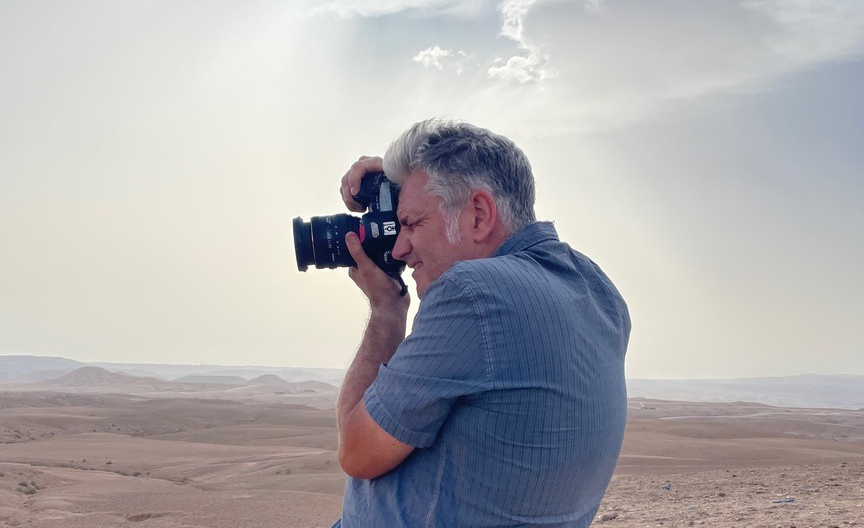
"All of the above. It is a 100% engaged role in nearly every step of the filmmaking process (except perhaps Sound). You start with the Series Producer and a blank sheet of paper, and a year or so later, you end with just you and the Series Producer in the delivery suite with the finished work. It's a rewarding, relationship-building role."
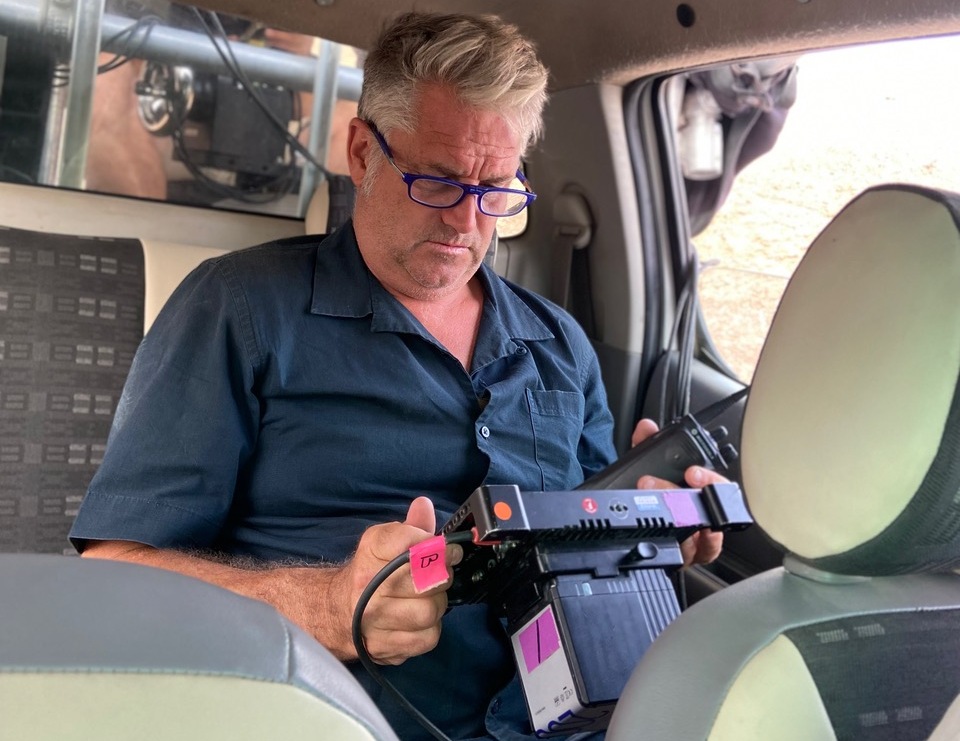
"My 40-year career path started shooting pop videos in the heady days of the late 80s, early 90s. At least this newly deregulated shooting chaos taught me about the mucky end of filmmaking. A sojourn into producing TV adverts for most of the 90s taught me about complex post-production as the advent of digital imaging emerged, and of handling big budgets with the associated fiscal reporting required. Long-form drama from the late 90s to the present day has given me over 100 productions of experience in how to take a project from script to screen. Every single one is different, and I learned something new on every job."
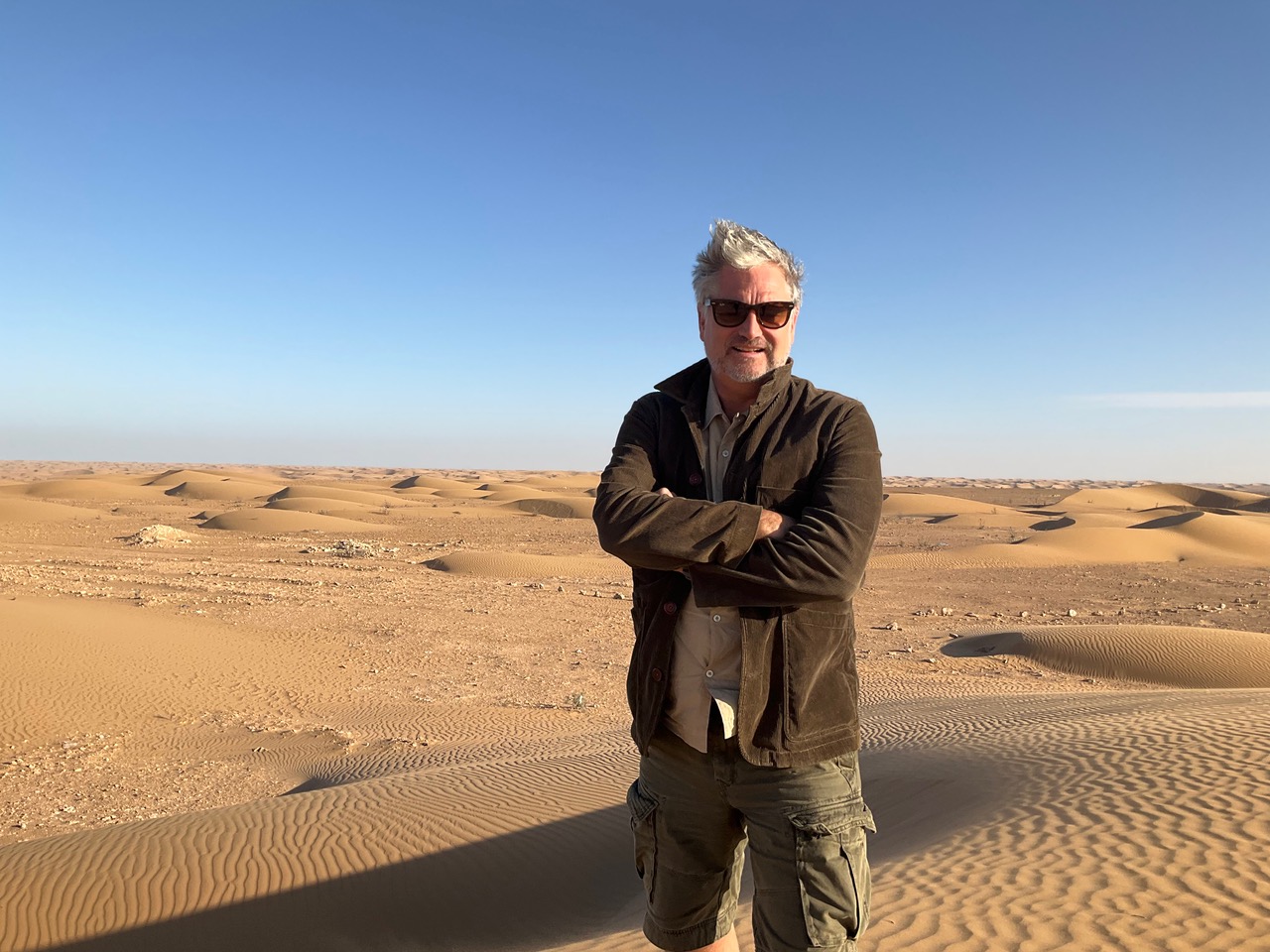
"If someone is interested in the role of VFX Producer, and I'm assuming they have a love for the technicalities and artistry of VFX, my advice would be to get out from behind the computer. Get some on-the-floor shoot experience. See and understand the decisions made by the shoot team. Despite the amount of technology we have, movie shooting hasn't really changed its process. It's hard, gruelling, dirty work. It faces the practicalities of life head-on in a way that other industries, other than perhaps military logistics, rarely face. Learn to run a spreadsheet and maintain a sense of humour in all situations."
Join Simon on 29th November for a one-day online course that offers a comprehensive introduction to the often-misunderstood world of visual effects.
